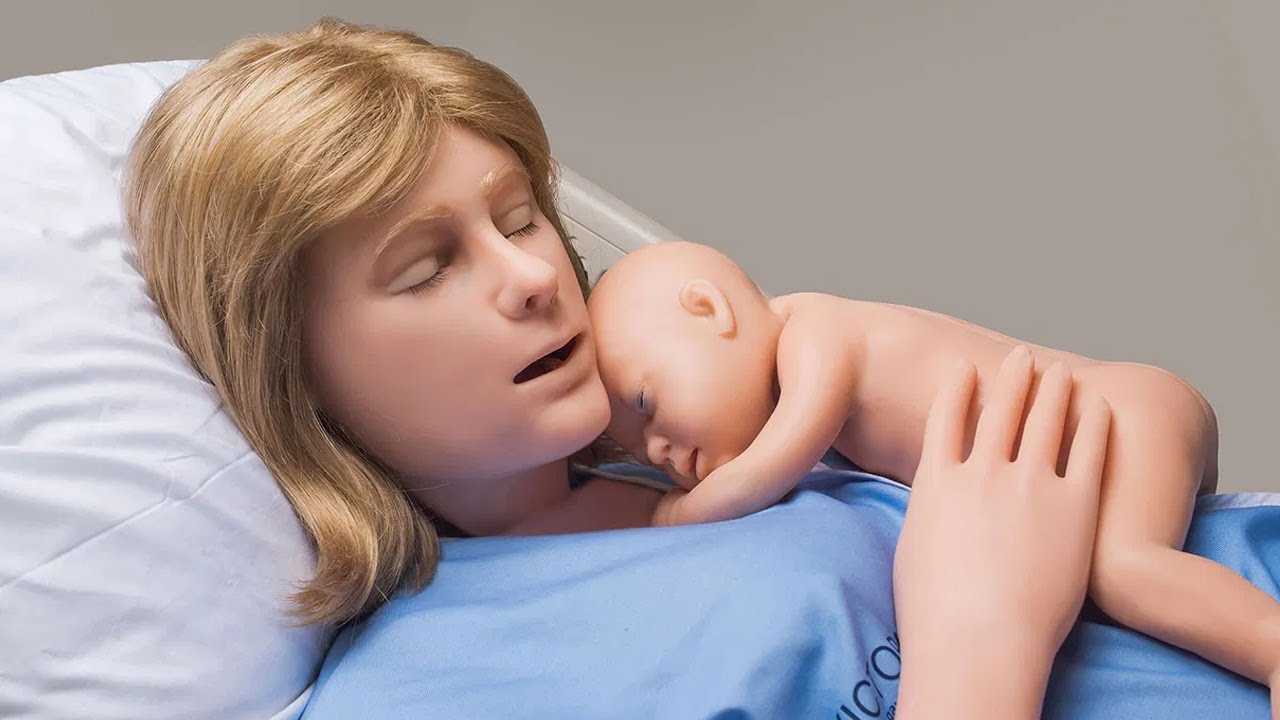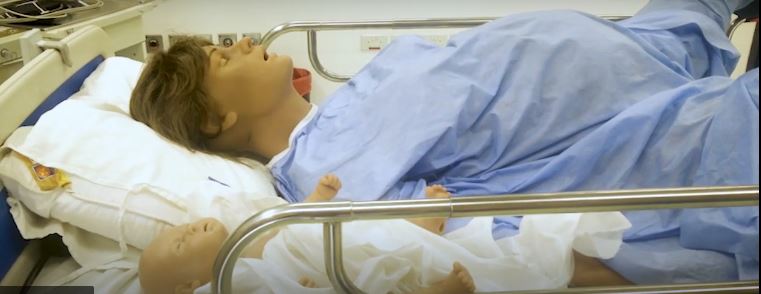Aga Khan University’s Centre for Innovation in Medical Education (CIME) has revolutionized the way patient care works by introducing lifelike mannequins and simulators.
A mannequin namely Mother Victoria at CIME Agha Khan University can give birth the same way a real person does. She expresses distress like a mother does in labor. The baby is born with the vitals and can be measured. Another simulator, Harvey has a heartbeat which can be felt through a stethoscope and can also simulate any heart disease.
Such simulators seem so real and once surrounded by real medical equipment, create a riveting environment at the CIME. It is a perfect opportunity for health professionals from all over Pakistan to come and learn clinical skills from this simulation-based learning environment.

The Centre for Innovation in Medical Education is the first simulation-based learning institute in Pakistan. It is also South Asia’s largest learning institute based on simulation. SAMAA Digital reported after taking a tour of the facility experience the environment live.
There are simulations for operation rooms, patient care wards, gynecology operation rooms, dental lab and pediatric resuscitation room. Media and communications analyst at the CIME, Ghulam Nabi said:
The centre also has mock setups of a patient’s home and a rural community environment so trainees can practice for emergency situations and patient care outside of the hospital environment
AKU website shows the three different types of simulators: low fidelity, medium fidelity and high fidelity. Low and medium fidelity simulators are currently being used at the AKU. The difference between these simulators is that of how realistic they are to real humans, there is also difference in how each simulator behaves, functions and looks. Medium-fidelity simulators are less realistic than real patients; there are 17 of them present in the dental simulation lab.
Simulation-based learning is beneficial because no patients get harmed during the process, said director of CIME, Professor Charles Dochert.
You suspend disbelief to a certain extent. You are responsible for what you do, the decisions you make, and the consequences of those decisions. You have to live with them in this scenario, no one will bail you out.

An interesting simulator that has turned heads and media eyes is a high-fidelity simulator title Mother Victoria- the simulator gives birth to a realistic baby through a mechanical motor installed inside of her her. Isn’t that amazing?

There is a control room next to the birthing station where an instructor voices Victoria. So when the trainee doctor talks to her or asks questions, she answers back.
The instructors record the whole process and give personalised feedback later.
A virtual reality room also exists at the CIME where trainees get a real time experience where they can choose different kinds of medical scenarios to polish their clinical skills.
VR can be incorporated in their medical curriculum by medical students hailing from second year to gain a more immersive learning experience. Through the incorporation of VR technology, trainees can choose any clinical setting to practice in and gain a wider range of experience.
Isn’t this incredible? We are amazed at this development by science.
Stay tuned for more interesting articles and updates!
